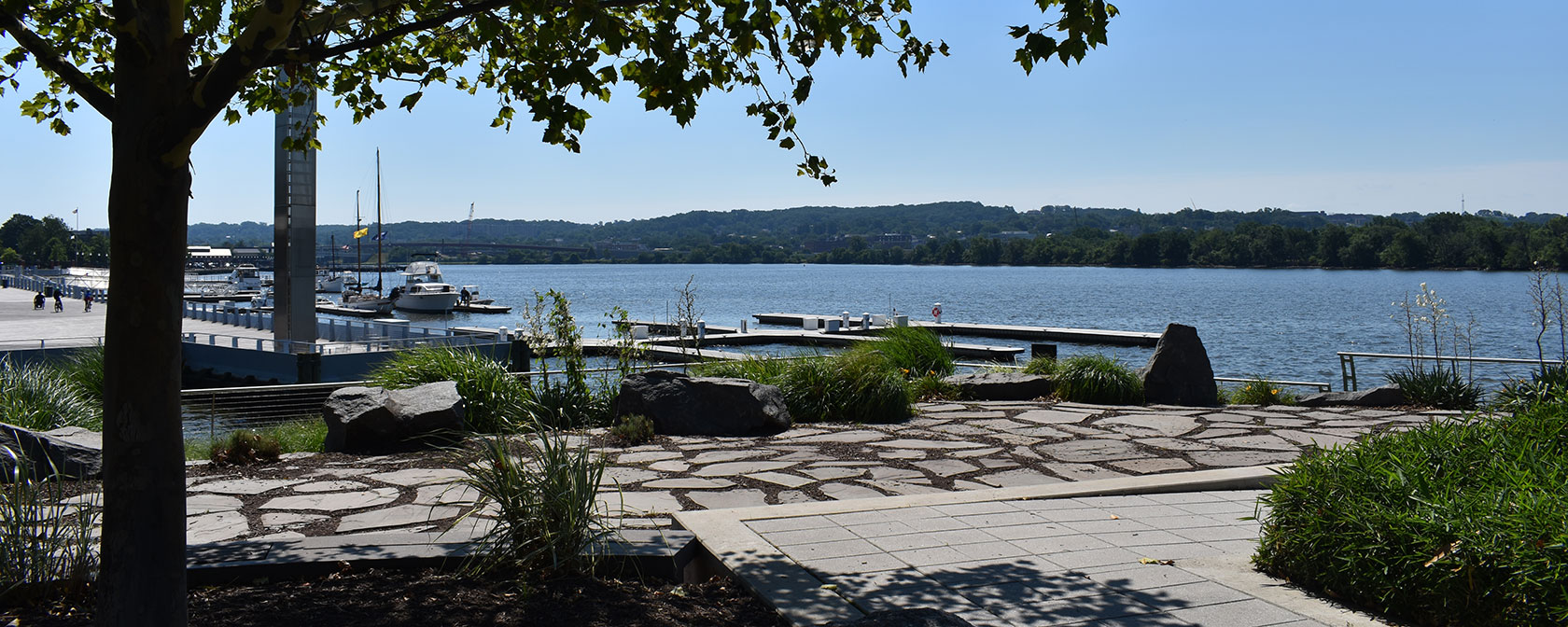Anacostia River

Nestled within the heart of Washington, D.C., the Anacostia River flows quietly, carrying with it a rich tapestry of cultural heritage and significance. It is tributary to the Potomac River. Beyond its natural beauty and ecological importance, the Anacostia River holds a profound cultural significance that has shaped the identity of the communities that call its shores home. In this comprehensive exploration, we delve into the reasons why the Anacostia River is culturally important, uncovering the stories, traditions, and connections that have woven themselves into its waters.
Indigenous Roots and Heritage:
To understand the cultural importance of the Anacostia River, one must first acknowledge its deep roots in indigenous heritage. For centuries, the lands surrounding the river were inhabited by indigenous peoples, including the Nacotchtank and Piscataway tribes, who relied on its resources for sustenance, trade, and spiritual nourishment.
The Anacostans, as the Nacotchtank people were known, viewed the river as a sacred and vital lifeline, providing not only food and water but also a source of cultural identity and connection to the land. Through fishing, hunting, and gathering along its shores, the Anacostans forged a deep spiritual bond with the river, celebrating its bounty and honoring its power.
Colonial Encounters and Settlement:
With the arrival of European settlers in the 17th century, the cultural landscape of the Anacostia River underwent profound changes, as colonial powers sought to assert control over its resources and waterways. The establishment of trading posts, plantations, and towns along the river’s banks brought new customs, languages, and traditions to the region, reshaping the cultural fabric of indigenous communities.
One notable historical figure associated with the Anacostia River during this period was Captain John Smith, the English explorer who documented encounters with indigenous peoples and mapped the Chesapeake Bay and its tributaries. Smith’s expeditions laid the groundwork for European colonization and the eventual displacement of indigenous communities from their ancestral lands.
African American Heritage and Legacy:
The cultural importance of the Anacostia River is also intertwined with the history and legacy of African American communities who settled along its shores during the colonial and post-colonial periods. Enslaved Africans played a crucial role in clearing land, building infrastructure, and cultivating crops on plantations along the river, contributing to the economic prosperity of their owners while enduring the hardships of bondage.
Following emancipation, African Americans continued to make significant contributions to the cultural landscape of the Anacostia River, establishing vibrant communities, churches, and businesses that thrived along its banks. The historic district of Anacostia, named after the river itself, became a center of African American culture and activism, with notable residents including Frederick Douglass, the renowned abolitionist and statesman.
Environmental Justice and Community Activism:
In recent decades, the cultural importance of the Anacostia River has been increasingly recognized through the lens of environmental justice and community activism. For decades, the river has been plagued by pollution, neglect, and environmental degradation, disproportionately affecting low-income and minority communities who reside in its vicinity.
Organizations such as the Anacostia Watershed Society and the Earth Conservation Corps have led efforts to clean up the river, restore habitat, and advocate for policies that promote environmental equity and social justice. Through community engagement, education, and advocacy, these organizations have sought to empower residents to reclaim their cultural heritage and stewardship of the Anacostia.
Cultural Festivals and Celebrations:
One of the most visible expressions of the cultural importance of the Anacostia River is the diverse array of festivals, celebrations, and cultural events that take place along its shores throughout the year. From the annual Anacostia Festival to the Juneteenth celebrations and Indigenous Peoples’ Day gatherings, these events serve as opportunities for communities to come together, celebrate their heritage, and honor the river’s legacy.
Conclusion:
In conclusion, the Anacostia River holds a multifaceted cultural importance that transcends time and space, weaving together the stories, traditions, and identities of diverse communities who have called its shores home. From its indigenous roots and colonial encounters to its role in African American heritage and environmental justice, the river serves as a living testament to the resilience and creativity of those who have shaped its past and present.
As we continue to navigate the complexities of the 21st century, it is essential to recognize and honor the cultural significance of the Anacostia, ensuring that its legacy endures for future generations. Through community engagement, environmental stewardship, and cultural preservation, we can ensure that the Anacostia remains a source of inspiration, connection, and pride for all who cherish its waters.
Know More about the Anacostia River.
What are The Religious Places of the Anacostia River?
When Did The Anacostia River Basin Become a Focus?
Where is The Anacostia River Located?
Who Were The Key Historical Figures and Civilizations of The Anacostia River?
How to Reach Anacostia River?




